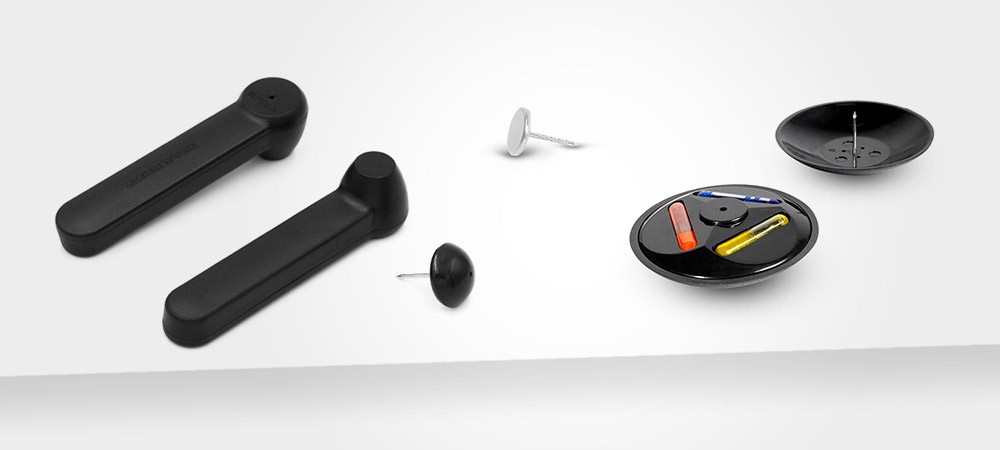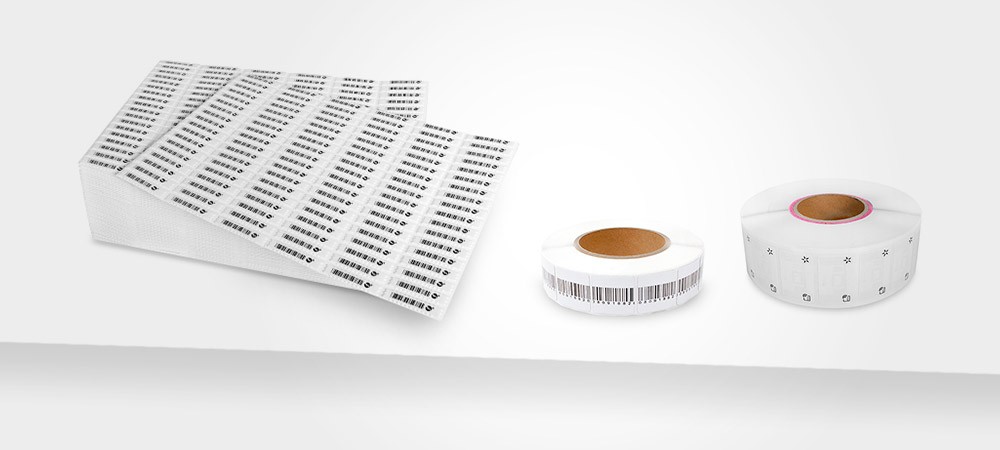
Best practice tips for security tags and labels
Electronic article surveillance consistently ranks as one of the most effective strategies in the fight against retail shoplifting and employee theft.
Comprising security tags, security labels and antenna, the system sees merchandise protected at a product-based level, acting as a system that alerts retailers to incidents of theft.
But like all technology and indeed all loss prevention strategies, it is only as good as the practices, procedures and training that support it.
So here are our top best practice tips for security tags and labels…
Train your staff
An EAS system is designed to support your staff in the fight against shoplifting, but to do so it needs to be working effectively and staff should understand exactly how it functions.
Your EAS antenna should be checked daily to ensure the power is switched on, the antenna is working, and the label deactivators are also powered up and functioning correctly.
Meanwhile, staff should also be trained in the tag ‘no go’ zone around the antenna. This is the zone that should be kept clear of tagged merchandise, EAS labels, or even foil decorations that could interfere with the functioning of the antenna.
They should also be made aware of tag pollution that sometimes occurs when a tag has not been detached at another store and enters theirs.
Type, size and strength matters
Tags and labels come in different types and sizes.
Security tags

When it comes to tags, there are different magnetic strengths and there are different types of tags suited to specific uses.
Strength
Security tags come in different strengths, including standard, super strength, hyper-strength and multi-polar. This strength impacts how easy it is for shoplifters to force the tag apart. Super strength is the minimum tag strength recommended with strengths above that offering additional security.
Types
In addition to clothing tags, there are also tags that are purpose-designed to protect items like liquor and eyewear.
Meanwhile, tags can be affixed to products in different ways as an alternative to having the tag pin pass through the product. Options include lanyards and cable tags which are suited to products like handbags or sports shoes.
Size
Tags are also available in different sizes and shapes, including circular, pencil-shaped, and square. Circular shapes where the size of the front of the tag corresponds with the back are often considered best as they are harder to prise apart.
Pinhead size
There are also different sizes available for the pinheads that secure a tag to a product. The larger the pinhead, the harder it is for a shoplifter to illegally force the pinhead through the product to remove it.
Security labels

Like tags, security labels come in either RF or AM frequencies. RF labels tend to be flat and can be printed on if required. AM labels have a slightly raised profile and are better suited to products with metal or foil in them.
Position is a priority
Where you position tags and labels on products matters in the interests of the look of your merchandise and also ease at the checkout when it comes to detaching tags and deactivating labels.
Tags
Security tags should be positioned so as not to interfere with the customer’s experience of the product. That positioning should also be uniform across similar products.
For example, tags might be positioned on the rear waistband of denim jeans, or the rear pocket. On shirts or blouses, they might be positioned on the back of the item, just below the collar.
Positioning tags uniformly looks neater in-store but also allows the sales associate to quickly find and detach them.
Labels
Labels should be positioned near the product barcode. This allows the label to be swiftly deactivated at the point of sale when the item is scanned.
Looking for more tips? You can learn more about the different types of security tags here, or view the different types of security labels and stickers here.


